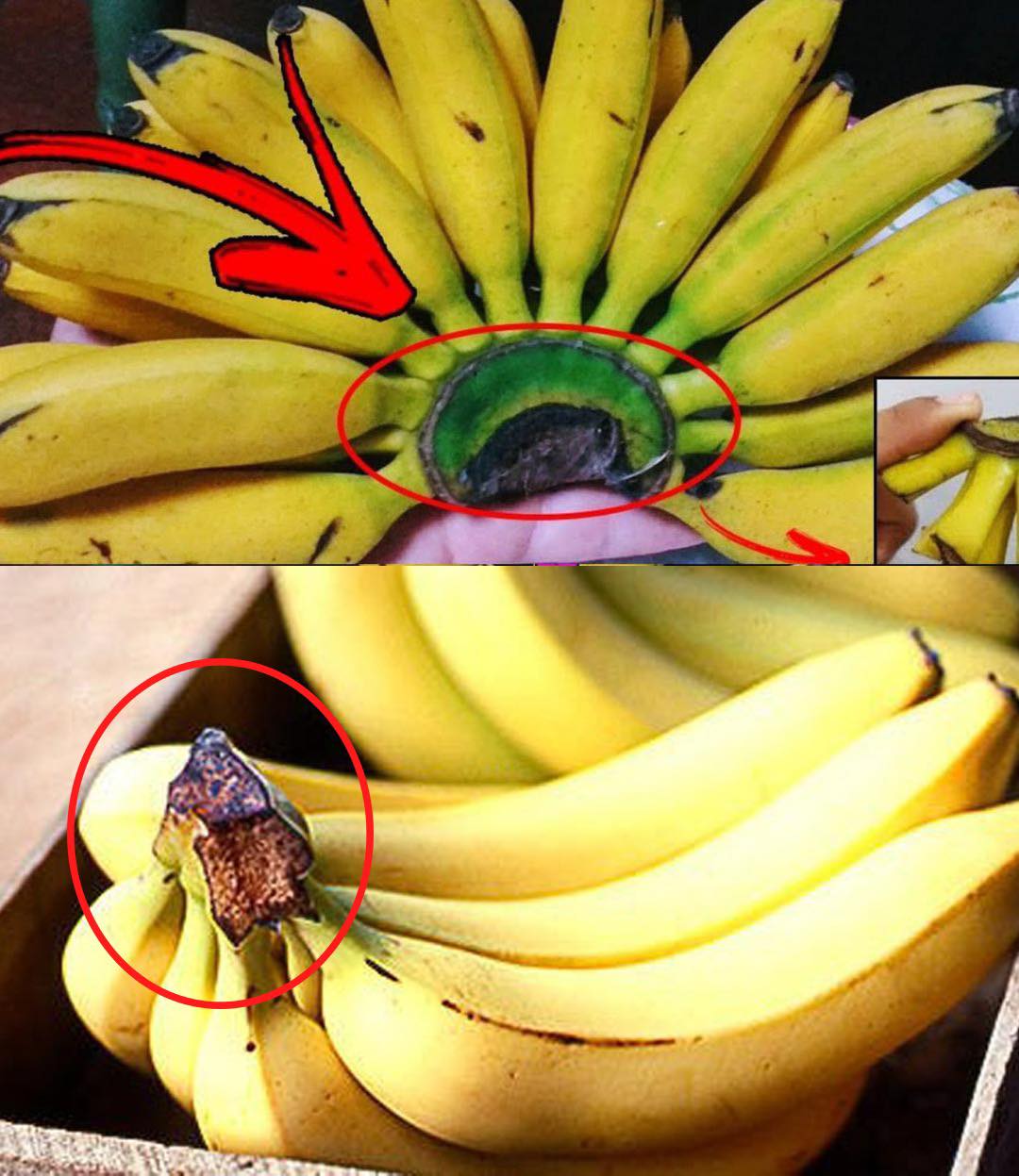Bananas have long been a staple in households, celebrated for their sweet flavor and numerous health benefits, prominently featuring a rich potassium content. While the fruit itself is devoured, the peels, often cast aside as waste, conceal a surprising secret that can revolutionize our approach to gardening. This article explores the diverse varieties of bananas, the often-overlooked rigid ends of their peels, and the transformative power they hold for nurturing plants.
Varieties of Bananas:
Beyond the familiar yellow banana, there exists a diverse array of banana types, each offering unique flavors and characteristics. From varieties with a hint of vanilla due to their ripening process to sweeter alternatives like red bananas, the banana family presents an array of choices. Regardless of the type, banana peels, specifically their rigid ends, are proving to be valuable resources for home gardeners.
The Power of Banana Peel Fertilizers:
The key lies not just in the banana peel but specifically in its rigid end. The process involves preserving and drying this often-discarded part, unlocking its potential as a potent fertilizer for plants. Here’s a closer look at the process and why it’s gaining attention:
- Drying Process:
- After peeling the banana, the rigid end is preserved and sliced open to expose the fibers within.
- These banana fibers are then left to dry under the sun for several hours.
- Direct Application:
- The dried banana fibers, now rich in essential nutrients, can be directly integrated into potting soil or sprinkled atop plant beds.
- This natural fertilizer ensures that plants receive both water and the intrinsic properties from the banana fibers, promoting robust and vibrant growth.
- Eco-friendly Approach:
- Utilizing all parts of the banana, especially the peels and their rigid ends, promotes sustainable and eco-friendly gardening practices.
- This approach not only reduces waste but also offers an organic and economical solution to nourish plants.
Conclusion:
By recognizing the hidden potential within banana peels, particularly their rigid ends, garden enthusiasts can embark on a journey towards greener and more sustainable gardening. This simple yet effective practice not only contributes to the health of plants but also aligns with eco-friendly principles, making it a win-win for both gardeners and the environment. It’s time to rethink the way we view banana peels and embrace their transformative power in nurturing our green spaces.
